We often get asked for advice from our startup founder clients about benefits and especially 401(k)s. Though each situation is unique, patterns emerge from having a number of these conversations. The following article is a simple guide that lays out the common decision points and the most likely direction we would suggest our clients take based on stage of company.
Just Starting Up
We begin at the early stage of companies, specifically those that have raised less than $5 million of funding, and in a lot of cases, no funding. Often, when starting out, many entrepreneurs pay themselves below market salaries, if they even take salaries at all. The companies themselves are not profitable at this stage nor have much intention to be profitable for the next 2–3 years at least.
At these points, we rarely suggest setting up a 401(k) plan. If there are no or minimal salaries, there are not really wages that are worth redirecting toward an investment plan. Additionally, often the company is trying to be extremely frugal while prototyping and searching for product/market fit, and this may not be an appropriate time to incur the administrative costs and potential matching costs of implementing a plan.
Less Than 10 Employees With Some Funding or Revenue (Series A Companies)
At this stage, companies have raised enough to fund market or near-market salaries, or they have bootstrapped to break even or slight profitability. This is usually at or after a Series A raise or a situation where revenues are approaching or above $1 million Annual Revenue Run-Rate (ARR).
Putting a 401(k) in place at this point can make a lot of sense. Two common reasons it does not happen are:
- Benefits are very low on the priority scale for most fast-moving startups.
- Setting up a 401(k) seems like it would be complicated or take a long time.
These might have been problems 10–20 years ago, but currently, there are options out there that allow companies to set up their 401(k) in a matter of minutes. Here are four providers that clients of ours have used recently:
- Guideline
- Human Interest
- Employee Fiduciary
- Launch 401(k) by JULY Services
All four allow for quick startup, integration with popular payroll providers, low-cost investment options and easy online enrollment for new employees and easy termination as well.
Here is a cost example for five employees using Guideline pricing. It is about $500 per year for the plan and another $100 approximately per year per employee. Five employees generate roughly $1,000 in costs to the company annually. That’s it. The underlying funds are low-cost with lots of index fund options.
There is only one decision that companies need to make at this stage: Should they make employer contributions to employees?
Here are the two considerations:
- Not making company contributions preserves more cash for the company, however, it can create a top-heavy plan where key employees may not be able to fully take advantage of the 401(k).
- Making employer contributions turns it into a Safe Harbor 401(k) plan where everyone can contribute up to the limit (it was $19,500 for those below the age of 50 and $26,000 above that in 2020) but this is more expensive for the company as they need to choose 1 of 2 options.
- Matching: at least 100% match on the first 3% of employee contributions plus a 50% match on employee contributions between 3% and 5% (4% total)
- Nonelective contribution: at least 3% of compensation, regardless of employee contributions
Practically, because of the number of key employees early on (5% or greater owners), it almost always makes the most sense to set up a Safe Harbor plan as soon as a 401(k) plan is initiated and factor in 3%–4% higher compensation expenses when setting up the plan. There are obviously exceptions, but in most cases, it doesn’t make sense to incur the administrative costs unless the key employees are in position to maximize their contributions.
What happens to the money if the startup fails along the way? Any money in a 401(k) is segregated from the company assets, so these assets are fully protected in a bankruptcy situation. It is possible to keep the account as is, or roll it to an IRA for those who no longer work at the company if the plan is terminated. One thing to keep in mind is that employer contributions (matching or nonelective contributions) may have vesting provisions that would cause forfeiture of that portion only if the employee did not meet vesting requirements. But anything employees contribute is theirs.
More Than 10 Employees (Post Series A)
At this point, almost every 401(k) is Safe Harbor and some of the administrative expenses can be looked at. For example, as the company grows, the per-employee cost starts becoming more important and administrators like Employee Fiduciary and July Services start becoming more attractive because the marginal per-employee cost is lower ($30 per employee at Employee Fiduciary beyond 30 employees and $60 per employee at July Services versus the higher per-employee costs at Guideline and Human Interest). Especially as companies approach 50–100 employees, players like Vanguard and Fidelity become possibilities as well.
The big decision here is whether to allow a mega backdoor Roth, though a company could institute it earlier. Effectively this allows employees to put in additional money after tax and immediately roll it over to a Roth 401(k) or Roth IRA increasing the amount that they can put away into tax-free Roth vehicles every year. The reason it makes sense at this point is that more than likely everyone is getting paid market wages and the ability to put away significantly more money could be attractive at this point to a number of employees.
How does the mega backdoor Roth work? Consider employees who make $100,000 per year who are under the age of 50. They max out their employee contribution at $19,500 for the year. They also receive $3,000 as the Safe Harbor 3% nonelective contribution to bring the annual total to $22,500. If the mega backdoor Roth is available, they will be able to make an after-tax contribution for the year that could be as high as $34,500. This is because the limit in 2020 for all types of contributions (employer and employee combined) is $57,000.
Once they make the contribution, it is important that they move this after-tax contribution to a Roth IRA or Roth 401(k) relatively soon thereafter. The reason is growth of after-tax contributions within the 401(k) are tax-deferred (taxed upon distribution). Once the principal is rolled into a Roth IRA or Roth 401(k), then all the growth is tax-free.
To institute after-tax contributions with immediate rollover ability requires amending the plan and finding an administrator that allows for it. Amending a plan usually costs between $500 and $1,000 to the company and the costs are very similar when switching administrators.
One other decision at this point is whether to increase employer contributions with a profit-sharing component, but generally for most startups this does not make a lot of sense (it does make sense for law practices/accounting practices/venture capital firms) because the size of the firm can make these types of contributions very expensive. Making even a 3%–4% contribution above the Safe Harbor contributions can be prohibitively expensive. And it takes up capacity that could be used for mega backdoor Roth contributions.
Conclusion
Hopefully, this article is a helpful guide about how to start up a plan and the key decision points for startup founders and executives. The idea of offering a 401(k) is often very positive for the company and a critical component in the benefits package that employees have come to expect, but it often feels daunting to get started when it does not have to be. In fact, in some cases, starting up your plan can take less time than you spent reading this article and can provide a powerful company benefit.
By clicking on a third-party link, you will leave the Forum website. Forum is linking to this third-party site to share information in a different format and is for informational purposes only. However, Forum cannot attest to the accuracy of information provided by this site or any other linked site. Forum does not endorse the site sponsors or the information or products presented there. Privacy and security policies may differ from those practiced by Forum.






